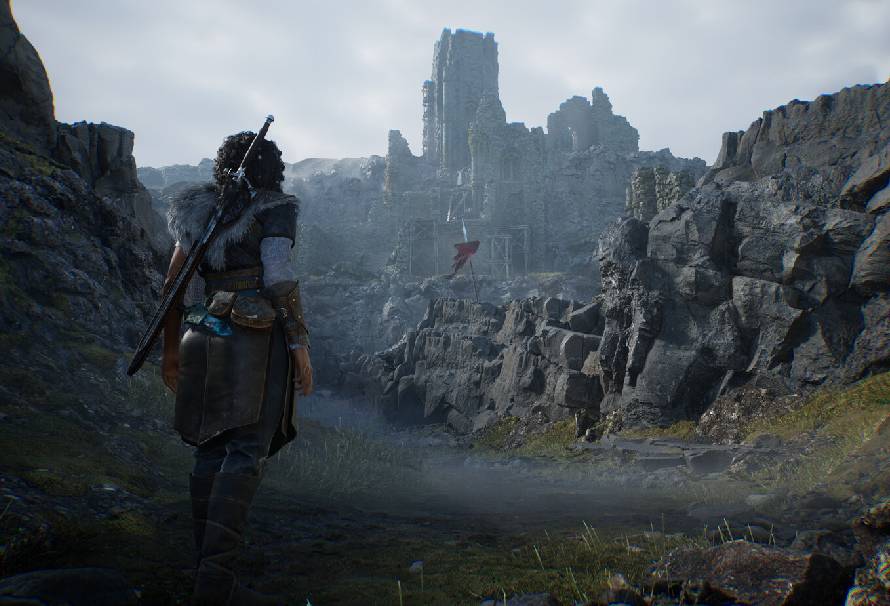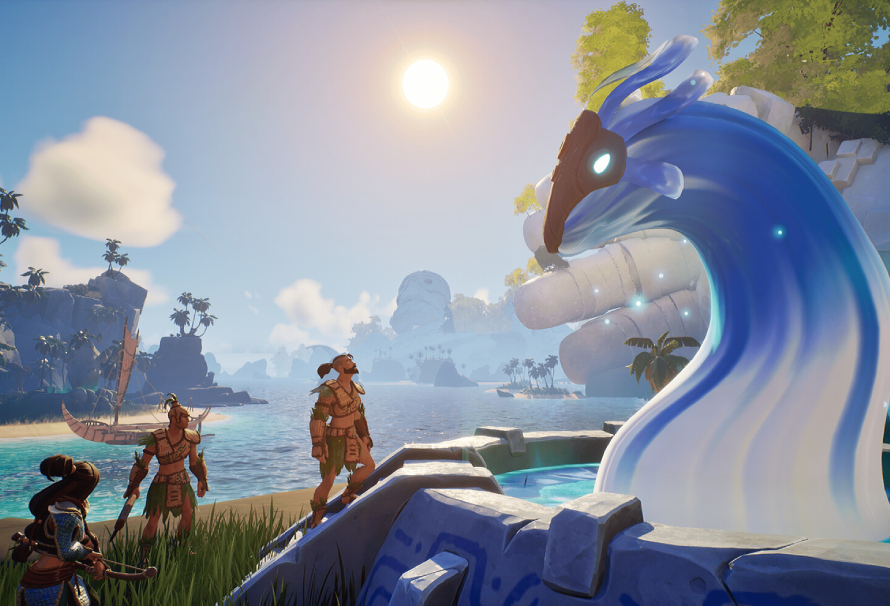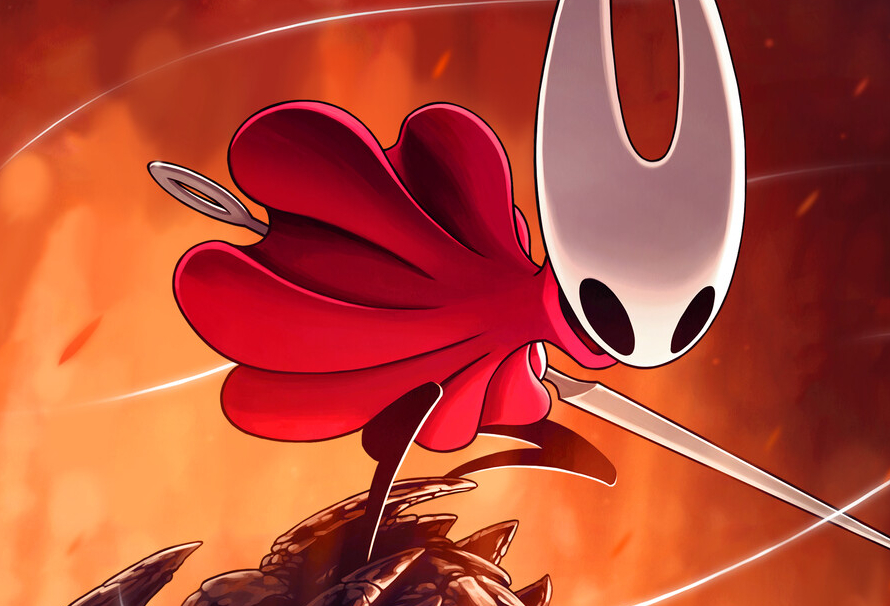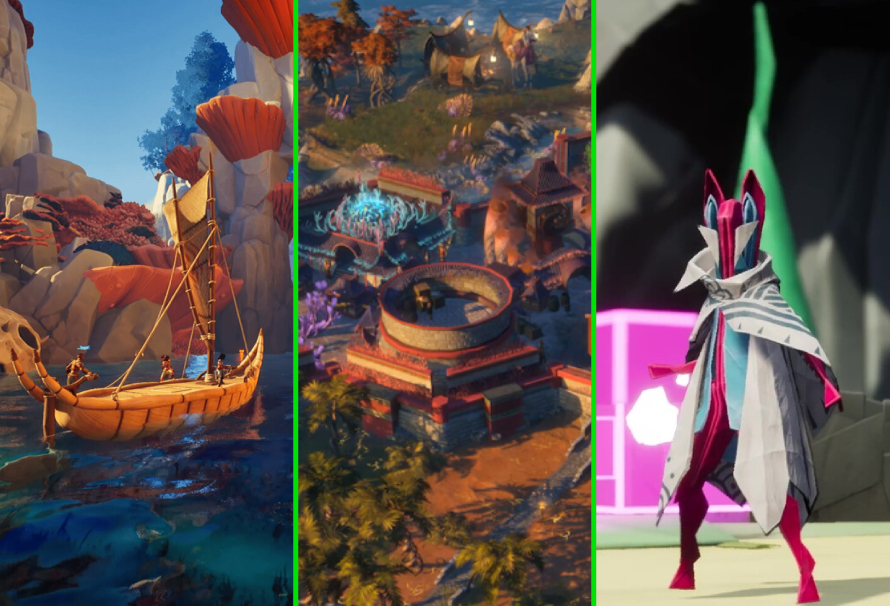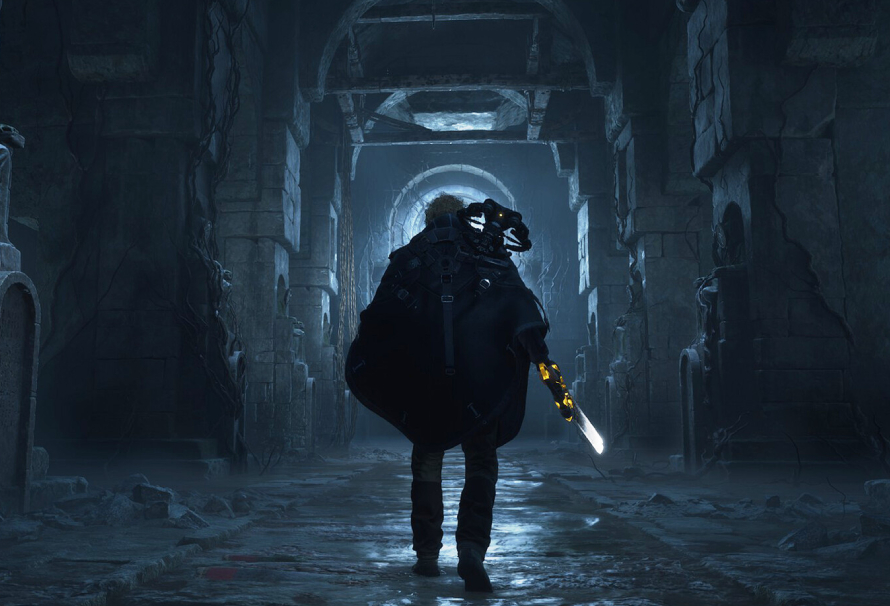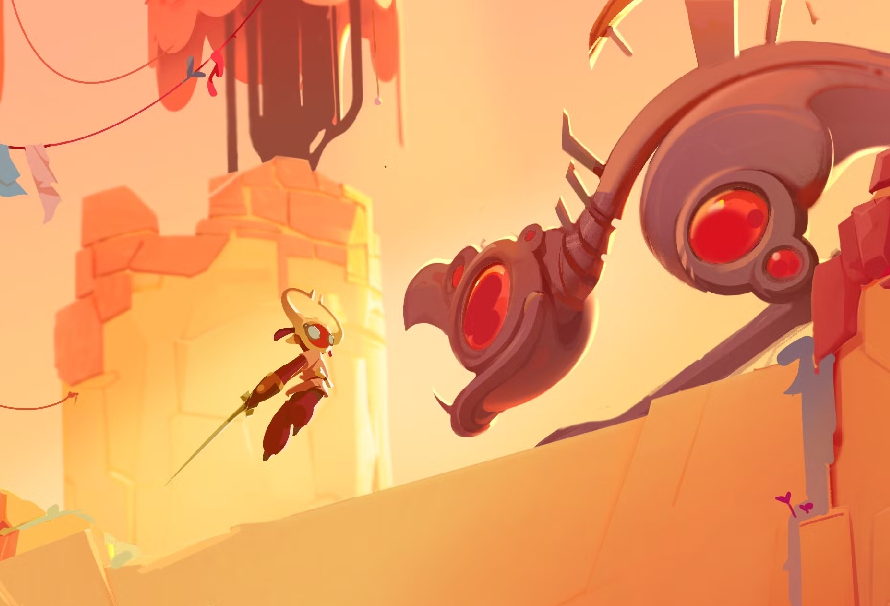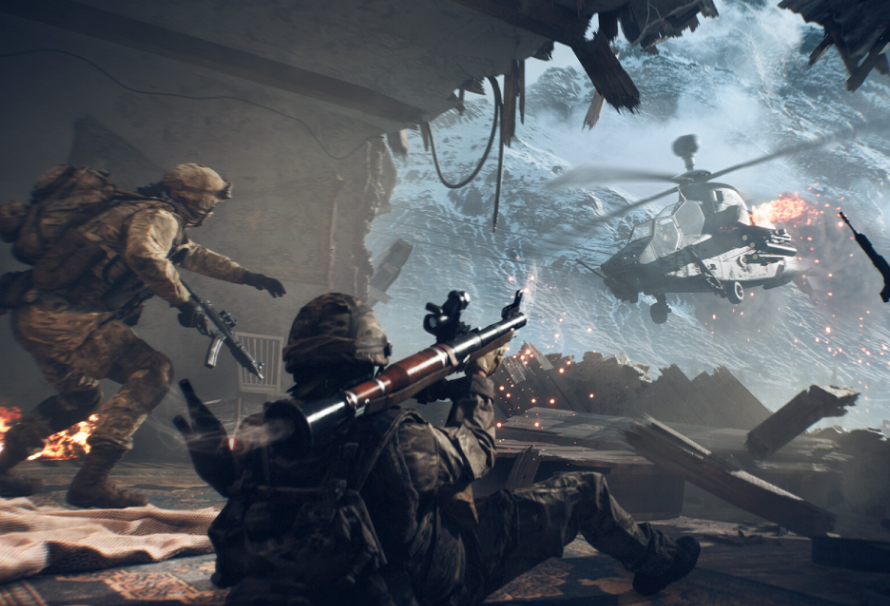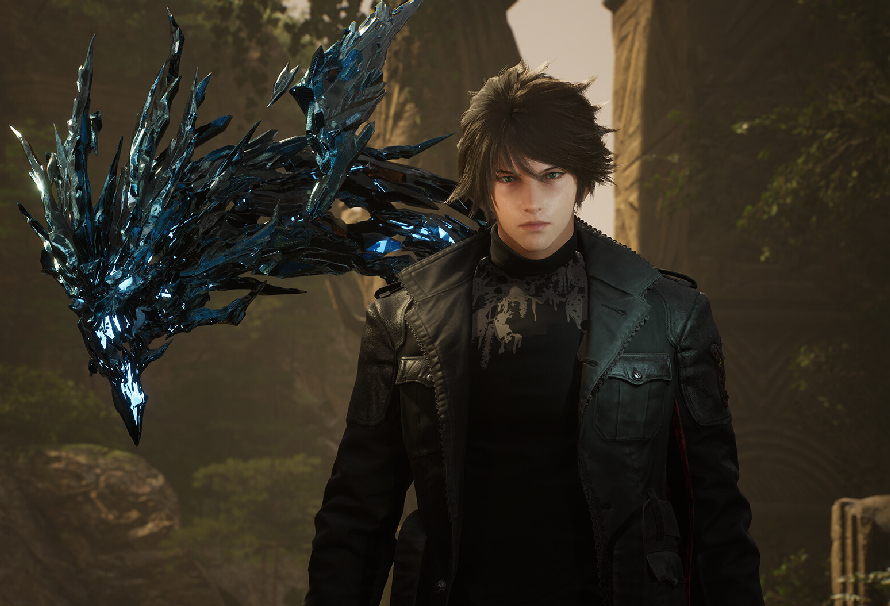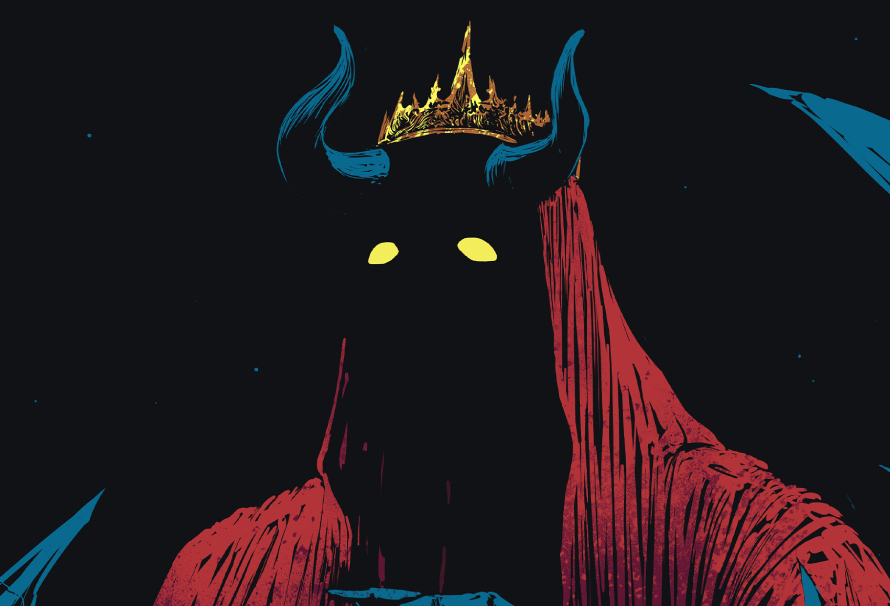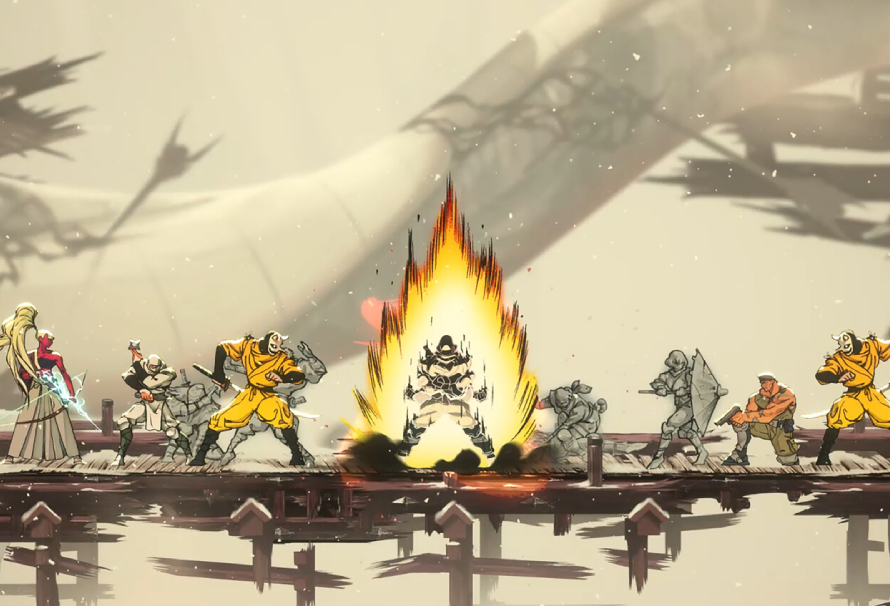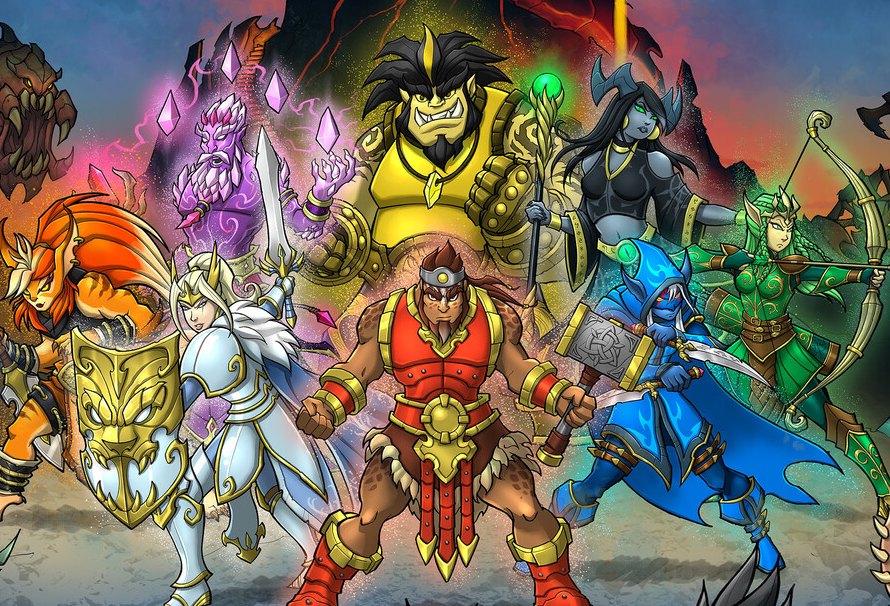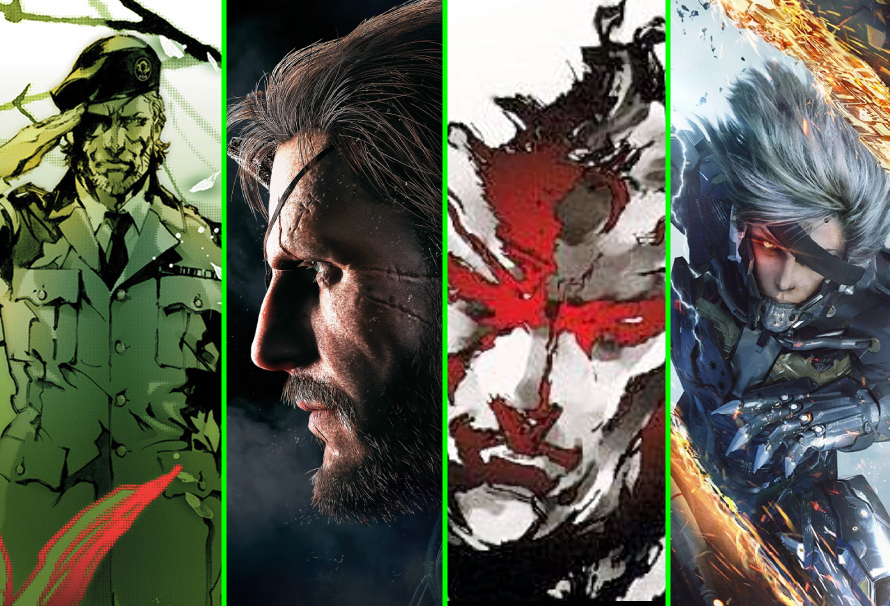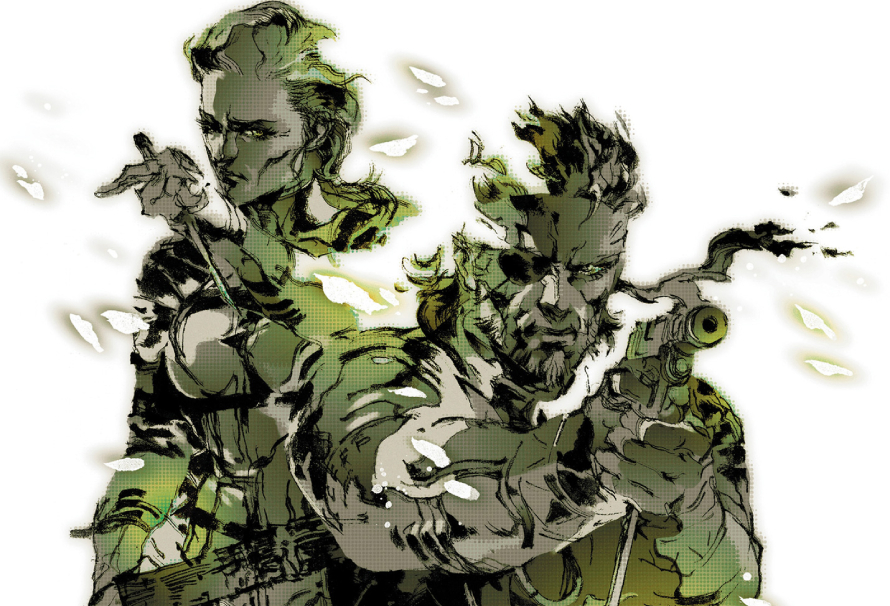The Borderlands series has evolved dramatically since its debut, transforming from a gritty looter-shooter defined by its endless arsenal of weapons into a full-blown, TTRPG-inspired, tongue-in-cheek adventure. Through it all, the franchise has never lost its trademark sense of humour. While some entries have proven more divisive than others, fans continue to return for the blend of chaotic gunplay, quirky storytelling, and larger-than-life characters that define the series.
Whether you’re a long-time Vault Hunter looking for a refresher or a newcomer eager to dive into the mayhem for the first time, it’s always useful to revisit how the Borderlands timeline fits together. You can certainly play the games in release order and have a blast – but if you’re curious about the story as it unfolds chronologically, here’s a breakdown of the series from start to finish.
Be aware, this guide contains spoilers for the full Borderlands timeline.

Borderlands
The very first Borderlands entry not only launched the franchise but also marked the starting point of the story in chronological order. This game introduces players to the original team of Vault Hunters (Brick, Lilith, Mordecai, and Roland) as they scour the lawless planet of Pandora in search of the fabled Vault. At the outset, the Vault is portrayed as a one-of-a-kind treasure trove, rumoured to hold unimaginable riches and advanced alien technology.
However, when the team finally succeeds in opening it, the reality is far more unsettling. Instead of endless loot, the Vault contains a monstrous, tentacled creature known as the Destroyer. This twist not only upends the characters’ expectations but also shatters the idea that there’s only a single Vault in existence. In fact, it sets the stage for one of the series’ most important revelations: Pandora – and the wider galaxy – is littered with hidden Vaults, each holding its dangers and secrets.

Borderlands: The Pre-Sequel
Borderlands: The Pre-Sequel may have released after Borderlands 2, but its story takes place between the events of the first two games – hence its tongue-in-cheek title. This instalment shifts the focus to a brand-new lineup of Vault Hunters: Athena the Gladiator, Claptrap the Fragtrap, Nisha the Lawbringer, and Wilhelm the Enforcer. Unlike the original crew, this group finds themselves working under the command of a then-unknown Hyperion programmer named Jack, who, over the course of the game, slowly transforms into the infamous Handsome Jack.
Set primarily on Pandora’s moon, Elpis, the game explores new environments with lower gravity, oxygen mechanics, and laser-based weaponry, distinguishing it from the previous entries. The Vault Hunters’ mission is to secure the Helios space station for Jack, gradually cementing Hyperion’s dominance. By the end of the story, their success directly paves the way for Jack’s rise to power, bridging the narrative between the original Borderlands and the fan-favourite Borderlands 2.

Borderlands 2
By the time Borderlands 2 begins, Handsome Jack has fully cemented his role as the ruthless head of Hyperion. With his newfound power, he wastes no time declaring himself the self-appointed ruler of Pandora. Jack claims credit for discovering the Vault, painting himself as a heroic saviour, while simultaneously outlawing Vault Hunters altogether. This puts him in direct conflict with the game’s new roster of playable characters – Axton the Commando, Maya the Siren, Salvador the Gunzerker, and Zer0 the Assassin – who find themselves ambushed aboard a train in one of the series’ most iconic openings.
From there, the Vault Hunters fight to survive Jack’s tyranny while uncovering the truth behind his lies and manipulation. The campaign takes players across Pandora in a battle to dismantle Hyperion’s grip on the planet, while also peeling back Jack’s descent into villainy. By the game’s conclusion, the Vault Hunters succeed in defeating Handsome Jack, toppling his empire, and restoring a fragile sense of balance to Pandora, though, as always in the Borderlands universe, the story is far from over.

Tales from the Borderlands
Tales from the Borderlands stands out in the series as a more narrative-driven and emotionally resonant experience, focusing on characters rather than pure combat. The story centres on Rhys, a Hyperion employee with big ambitions, Fiona, a cunning con artist, and Sasha, Fiona’s unpredictable partner in crime. The three unlikely allies are initially drawn together when Rhys attempts to purchase a fake Vault Key, but circumstances quickly force them to cooperate in pursuit of an entirely new Vault filled with secrets and untold wealth.
Throughout the episodic adventure, players are faced with critical choices that shape the outcome of the story. One of the most pivotal moments comes when Handsome Jack returns in a digital form, attempting to seize control of Rhys. Players must then decide whether to trap Jack within a cybernetic eye or destroy him entirely – choices that carry lasting consequences for both Rhys and the other characters. By the game’s conclusion, Rhys and Fiona find themselves inside a Vault, setting the stage for future adventures and leaving fans with one of the most memorable narrative experiences in the Borderlands timeline.

Tiny Tina’s Wonderlands
Tiny Tina’s Wonderlands takes place chronologically between Borderlands 2 and Borderlands 3, serving as a whimsical side adventure within the larger timeline. While the events of this game don’t have a major impact on the overarching Borderlands canon, it offers fans plenty of memorable moments – particularly those featuring the unpredictable and hilarious Tiny Tina.

Borderlands 3
Borderlands 3 introduces yet another fresh roster of Vault Hunters – Amara the Siren, FL4K the Beastmaster, Moze the Gunner, and Zane the Operative – who join forces with returning fan-favourite Lilith to confront a dangerous new threat. This time, the antagonists are the Children of the Vault, a fanatical cult led by the charismatic and manipulative twins Tyreen and Troy Calypso. Their ultimate goal is to locate the fabled Great Vault, said to be larger and more powerful than any Vault discovered before.
As the story unfolds, players learn that the twins are the children of Typhon DeLeon, the original Vault Hunter. The siblings’ obsession with power culminates in the opening of the Great Vault at the very heart of Pandora, where Tyreen fuses with the monstrous entity known as the Destroyer. In an epic climax, the new Vault Hunters work together to defeat Tyreen and stop her from unleashing catastrophic destruction, cementing their place in the ongoing saga of Pandora.

New Tales from the Borderlands
New Tales from the Borderlands is set after Borderlands 3 and introduces a fresh cast of playable characters: Any, Octavio, and Fran. The trio is drawn together as they navigate the chaotic world of Promethea, facing off against dangerous Vault guardians and uncovering a plot by Tediore’s CEO, Susan Coldwell, who seeks to destroy the planet.
Like its predecessor, this episodic story is shaped by player choices, offering multiple endings, but the main narrative sees the Vault Hunters successfully defeating Coldwell and saving Promethea from her destructive ambitions. Along the way, they discover the Anahatium Shard, a mysterious and powerful artefact now scattered across the universe, leaving the door open for future adventures.

Borderlands 4
As Borderlands 4 has yet to release, the full story remains under wraps, but early details hint at an exciting new chapter in the franchise. Set immediately following the events of Borderlands 3, players are expected to travel to the planet Kairos to confront the enigmatic Timekeeper, who currently rules the planet while contending with a mysterious calamity slowly consuming it.
The game introduces a brand-new roster of Vault Hunters, each with unique abilities and playstyles. Vex joins as a powerful Siren, Rafa takes on the role of an Exo-Soldier, Harlowe is a Gravitar and scientist with specialised skills, and Amon steps in as a formidable Forgeknight. While the full narrative and gameplay mechanics are yet to be revealed, fans can look forward to exploring new worlds, uncovering hidden Vaults, and experiencing the signature humour and chaos that define the Borderlands series.

